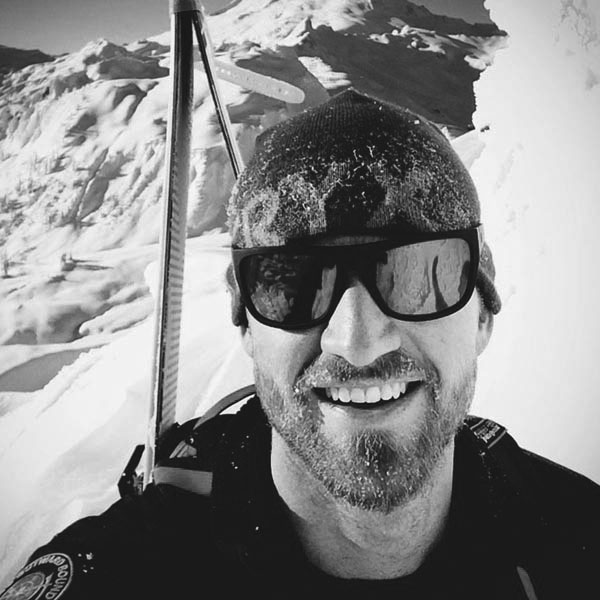How To Do An Avalanche Beacon Function Check
When going out backcountry skiing or riding, one should always do an avalanche beacon function check to ensure everyone is searchable and able to search. Below is a great video created by three IFMGA Guides on how to do a simple and concise avalanche beacon function check.
3 Part Check
1. Battery and Display
Margaret has Mark and Jeff turn on their avalanche beacons, check their displays for any cracks or malfunctions, and then verbally read out their battery percentage.
2. Search Function
Margaret has Mark and Jeff switch their beacons to Search mode (while she stays in Send) and take a step or two back. Then she has them read out their numbers on the digital display to ensure that their numbers go down as she moves her beacon closer.
3. Send Function (Transmit)
Jeff and Mark switch back to Send and stow their beacons appropriately (in the provided harness and below a layer or in a pocket) and at least 30cm (1 foot) away from any other electronic devices like a cell phone. Then she switches to Search and confirms that she can get their individual signals. Margaret then goes back to Send mode and stows her beacon appropriately. “End in Send.”
DBEST Function Check
If you’re an acronym person you can use DBEST in order to remember all the parts of a beacon function check.
Display – is not cracked and working appropriately.
Battery – is at least over 50% or per manufacturers recommendation.
Electronics – are at least 30cm away in Send mode and 50cm away in Search
Search – Everyone is able to find a signal transmitting at the international standard of 457kHz.
Transmit – Everyone is producing a signal at 457kHz.
Do It Every Time
There you have it. Just make sure you do this before you leave the parking lot or TH so you can troubleshoot any issues before you’re in the backcountry. Curious about how to actually use your beacon to perform an avalanche rescue? Check out our blog on Single Burial Avalanche Rescue. Taking an Avalanche Rescue or AIARE Level 1 Course are great ways to get hands-on knowledge and mentorship from professionals.
Want to learn more online? Check out our Ultimate Guide to Backcountry Skiing.
